
Salmon is a rich, buttery fish known for its vibrant pink color and high omega-3 fatty acid content. It can be grilled, baked, or smoked, providing numerous health benefits.
Habitat: Salmon are typically found in both the Atlantic and Pacific Oceans, as well as freshwater rivers during their spawning cycles.
Wine Pairing: A rich fish like salmon pairs excellently with a full-bodied white wine such as Chardonnay or a light-bodied red like Pinot Noir.
Sustainability: Wild-caught Pacific salmon is considered a sustainable choice, while some farmed varieties may have environmental concerns. Always check sourcing.
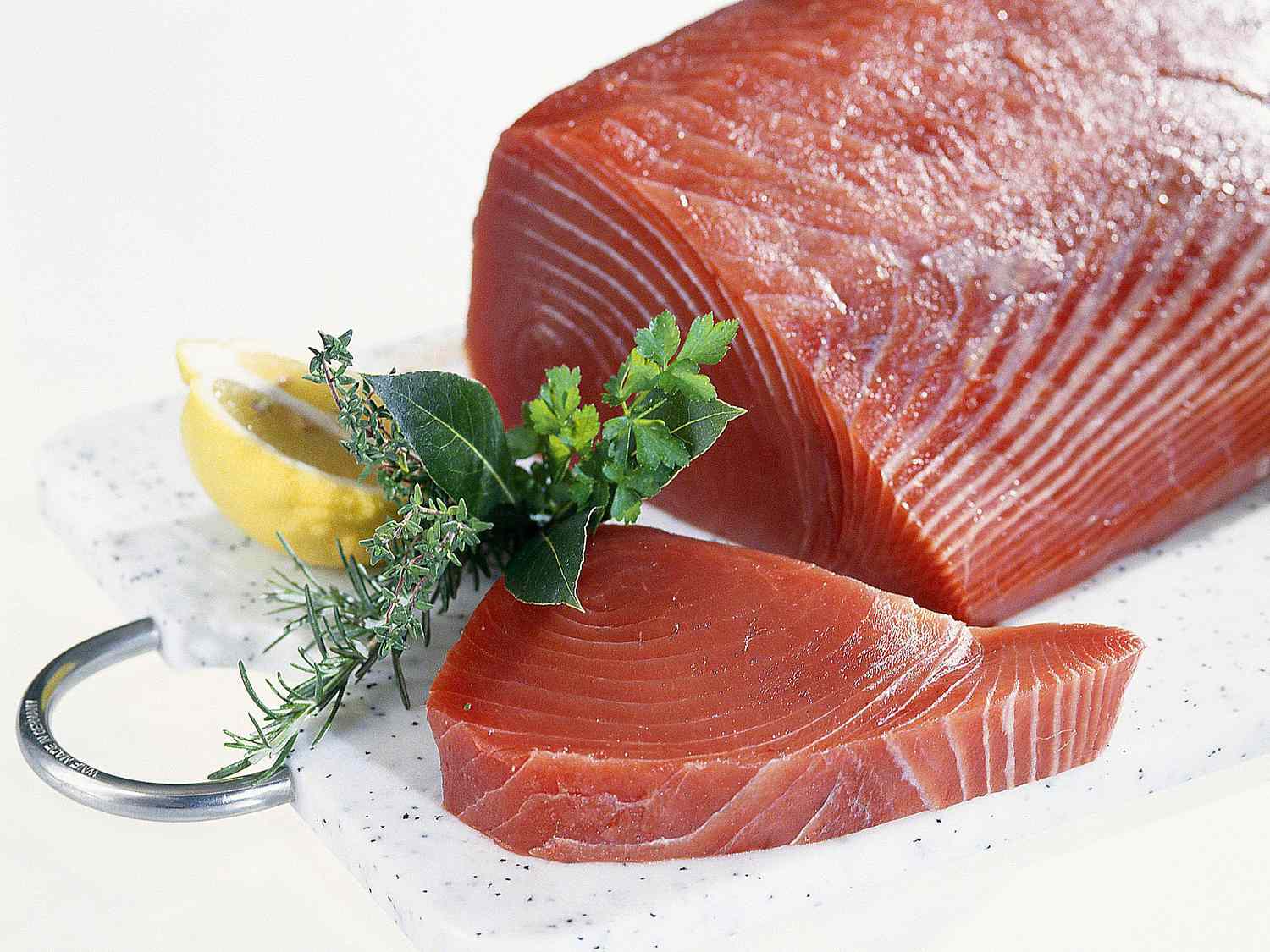
Tuna is a meaty fish known for its mild flavor and firm texture. It is often served raw as sashimi or seared, making it a hearty seafood option.
Habitat: Tuna inhabit warm seas and are highly migratory, found in oceans worldwide.
Wine Pairing: Tuna pairs well with a light red wine like Beaujolais or a crisp, dry white wine such as Sauvignon Blanc.
Sustainability: Bluefin tuna is highly overfished, but other varieties like skipjack or albacore are more sustainable options.
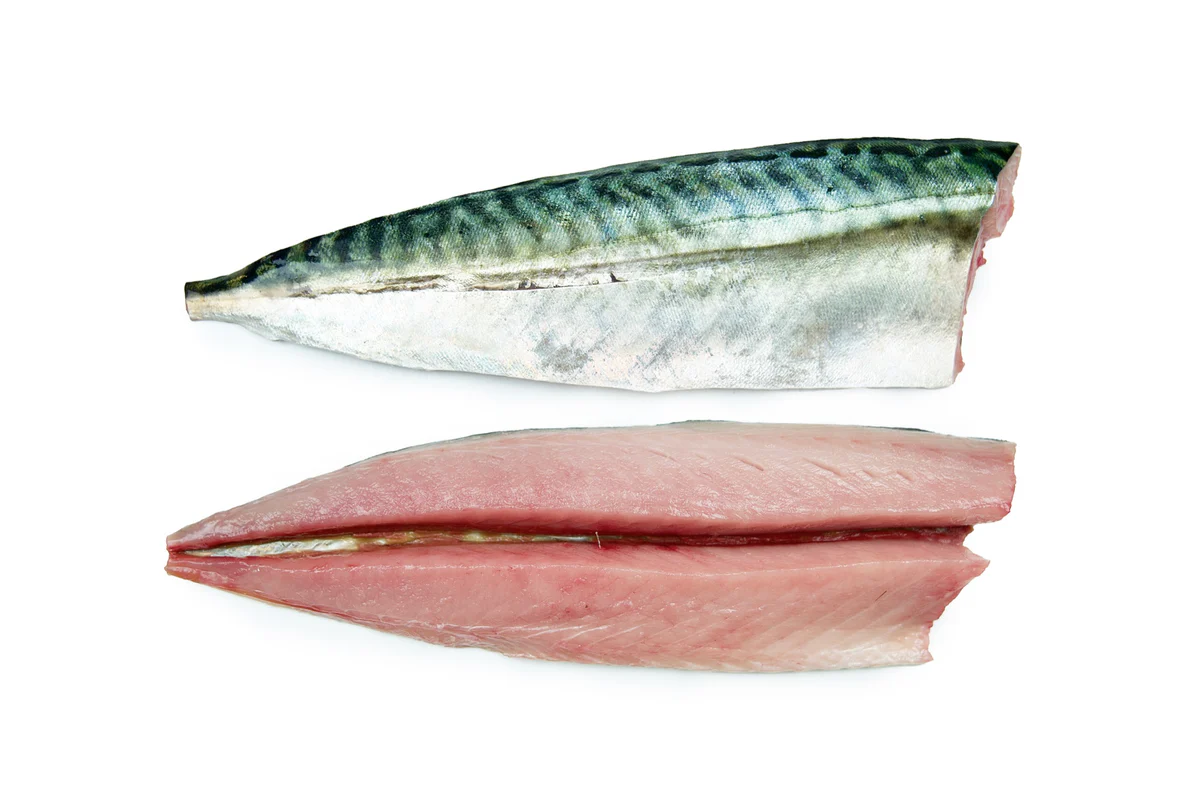
Mackerel is an oily fish with a strong flavor, ideal for grilling or smoking. It is rich in omega-3 fatty acids and pairs well with bold spices.
Habitat: Commonly found in temperate and tropical seas around the world.
Wine Pairing: A strong-flavored fish like mackerel pairs well with a crisp white wine like Riesling or a sparkling wine.
Sustainability: Mackerel is generally considered a sustainable choice, especially when sourced from well-managed fisheries.
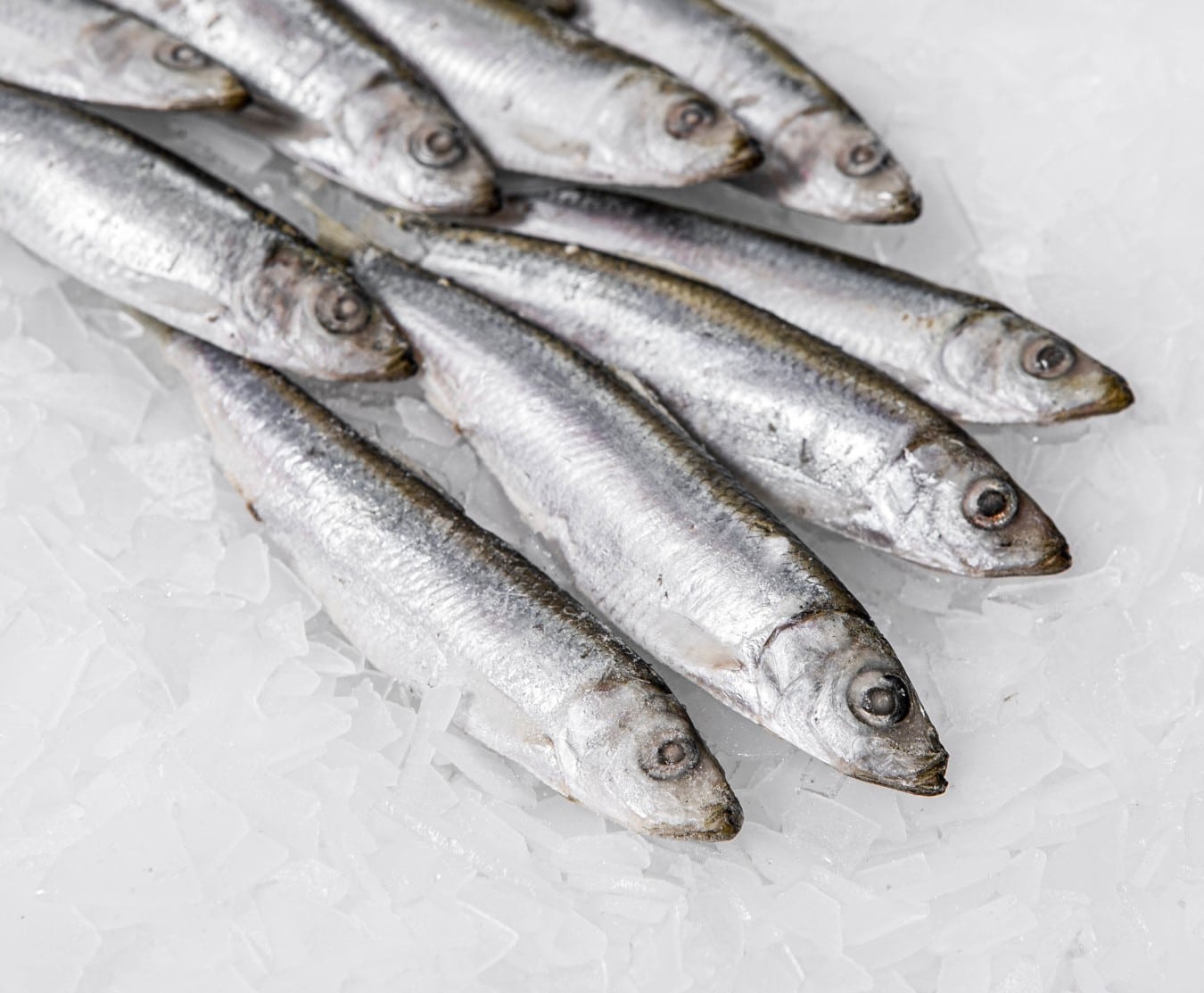
Sardines are small, oily fish known for their robust flavor and high nutritional value, enjoyed fresh, canned, or grilled.
Habitat: Typically found in shallow temperate waters of the Atlantic and Pacific Oceans.
Wine Pairing: Sardines are best paired with a fresh, acidic white wine like Albariño or a light rosé.
Sustainability: Sardines are a highly sustainable option, as they are abundant and have a low environmental impact.
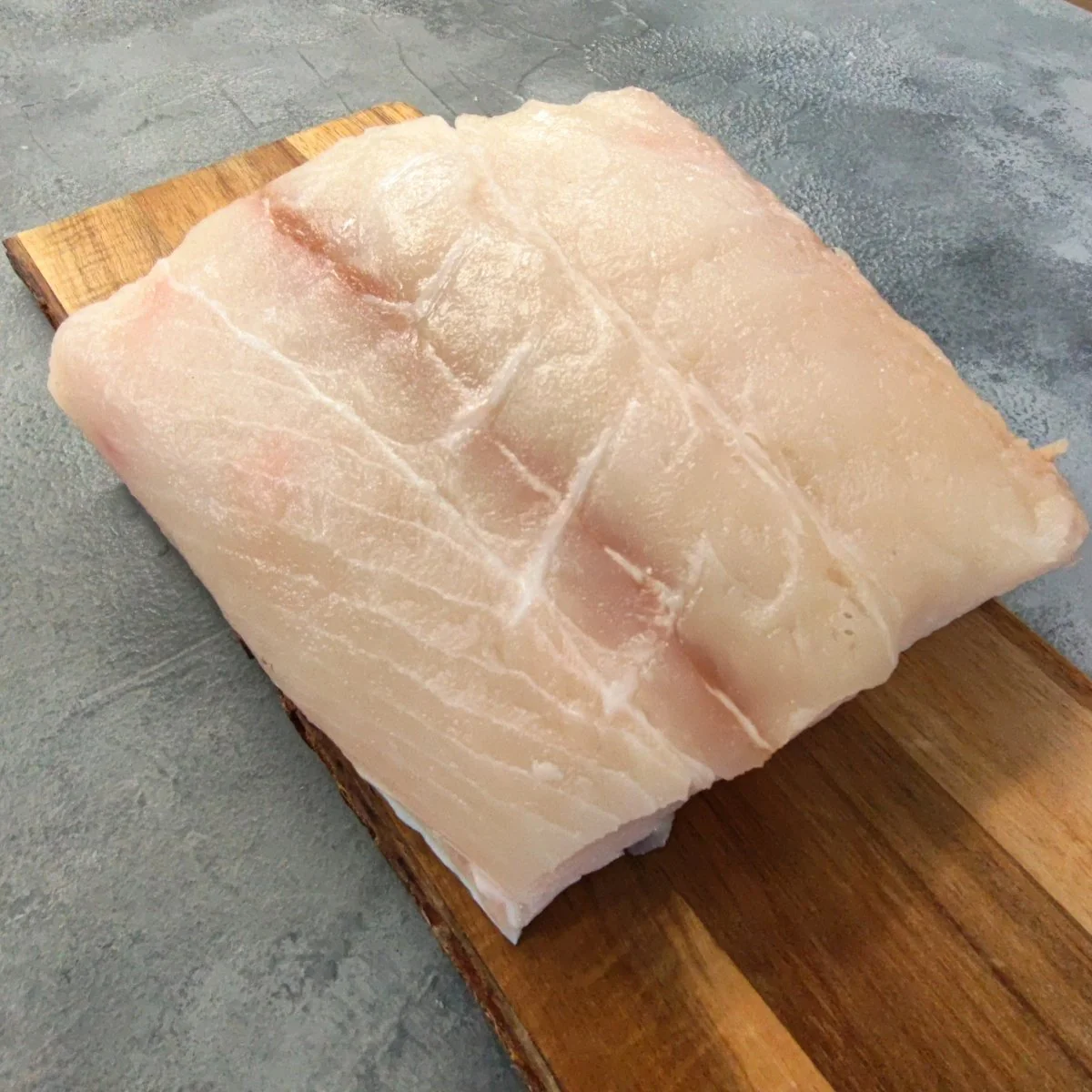
Halibut is a flatfish known for its mild flavor and firm texture, perfect for grilling, baking, or frying.
Habitat: Found in the North Pacific and North Atlantic Oceans, often near the seabed.
Wine Pairing: A mild fish like halibut pairs well with a light white wine such as Pinot Grigio or Chardonnay.
Sustainability: Pacific halibut is generally a sustainable choice, but Atlantic halibut is overfished and should be avoided.
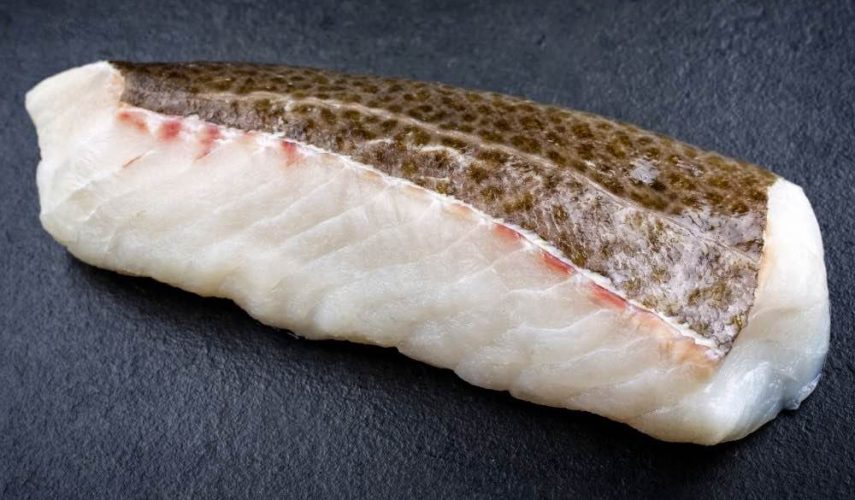
Cod is a versatile whitefish with a mild flavor, often used in fish and chips or baked dishes.
Habitat: Predominantly found in the colder waters of the North Atlantic Ocean.
Wine Pairing: Cod pairs well with a crisp, refreshing wine like Sauvignon Blanc or a lightly oaked Chardonnay.
Sustainability: Atlantic cod populations have been overfished, but Pacific cod is a more sustainable option.
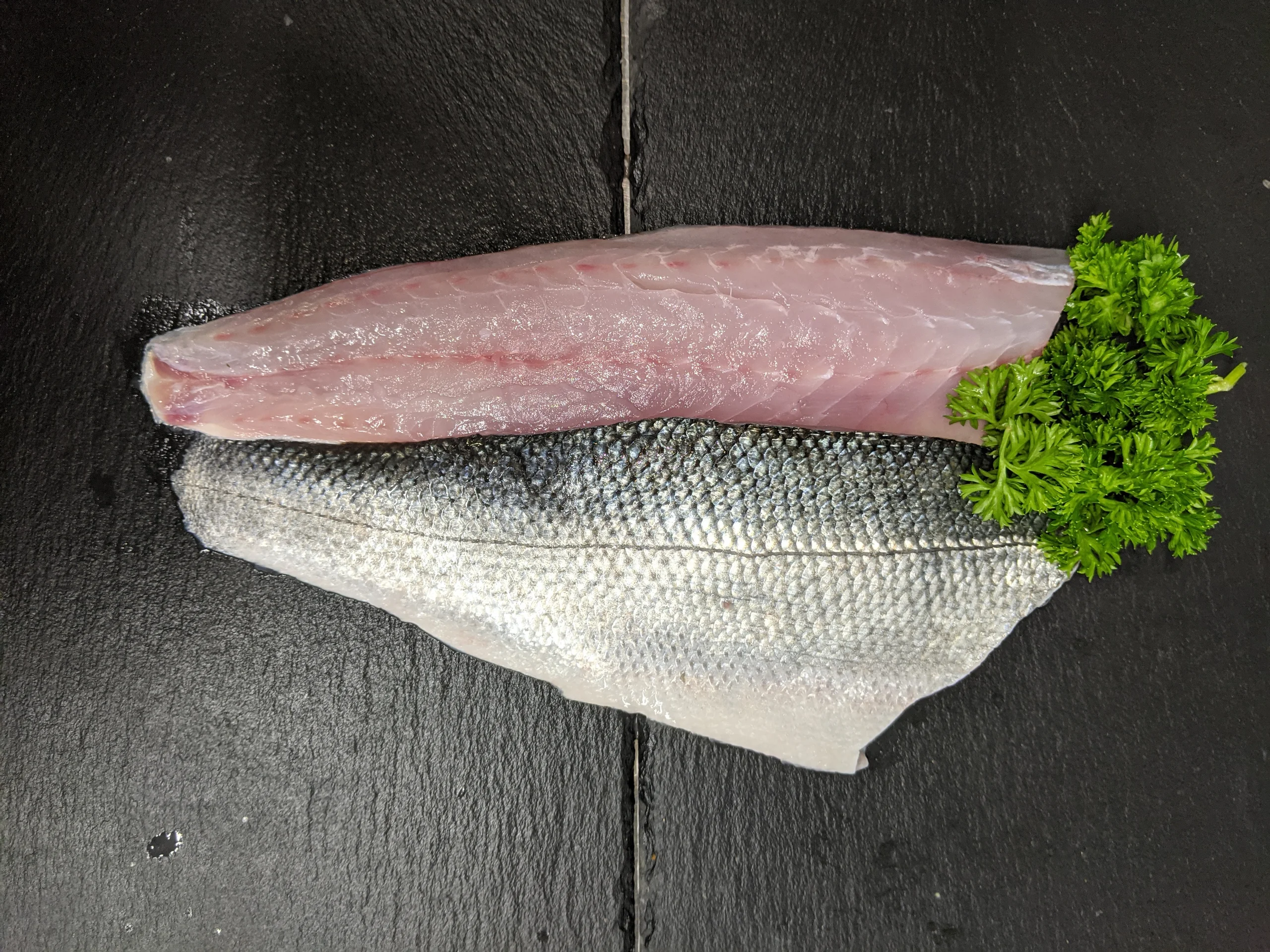
Sea bass is a delicate fish with a mild flavor, often grilled or baked, making it a favorite in fine dining.
Habitat: Found in both fresh and saltwater environments, commonly in the Mediterranean Sea.
Wine Pairing: Sea bass pairs well with a light white wine like Vermentino or a dry Chardonnay.
Sustainability: Sea bass is often farmed, so sourcing from responsible fisheries or farms is important for sustainability.
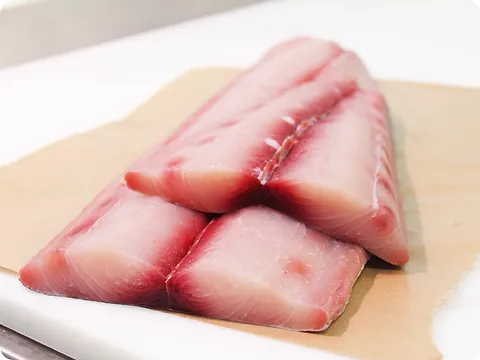
Mahi Mahi is a lean, flavorful fish often grilled or served in tacos, popular for its vibrant color and taste.
Habitat: Inhabit tropical and subtropical waters worldwide.
Wine Pairing: This versatile fish pairs well with a light, aromatic white wine like Sauvignon Blanc or a crisp rosé.
Sustainability: Mahi Mahi is generally considered a sustainable option.
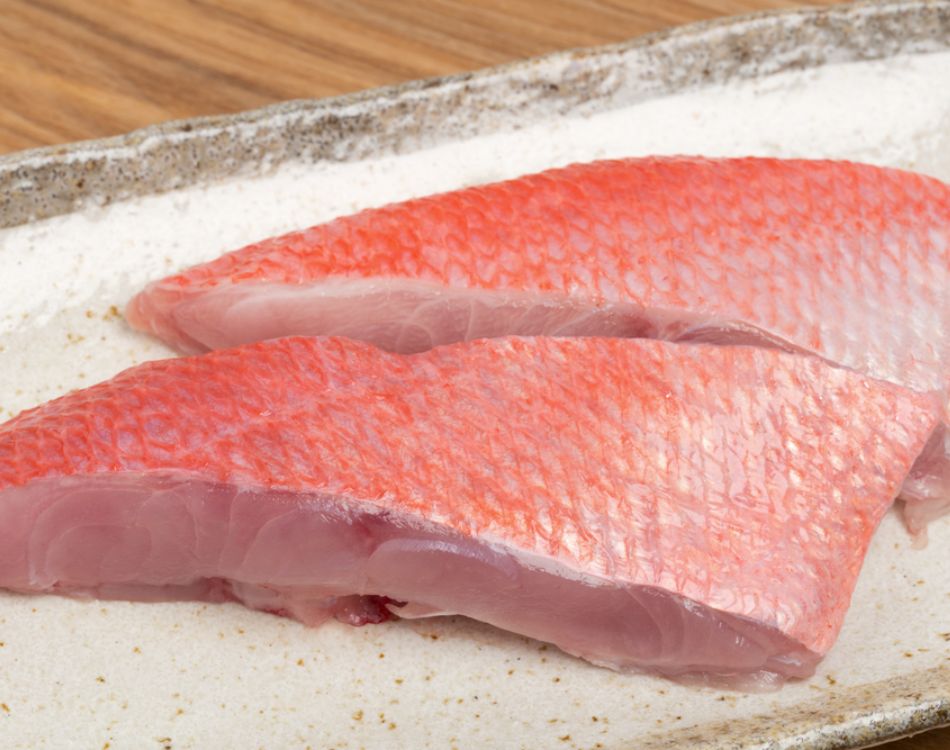
Snapper is a popular choice for its firm texture and sweet flavor, often grilled or baked.
Habitat: Found in warmer waters, especially in the Caribbean and Pacific Oceans.
Wine Pairing: Snapper pairs nicely with a medium-bodied white wine like Chardonnay or a dry rosé.
Sustainability: Red snapper is often overfished, so it's best to choose alternatives like vermilion snapper that are more sustainable.
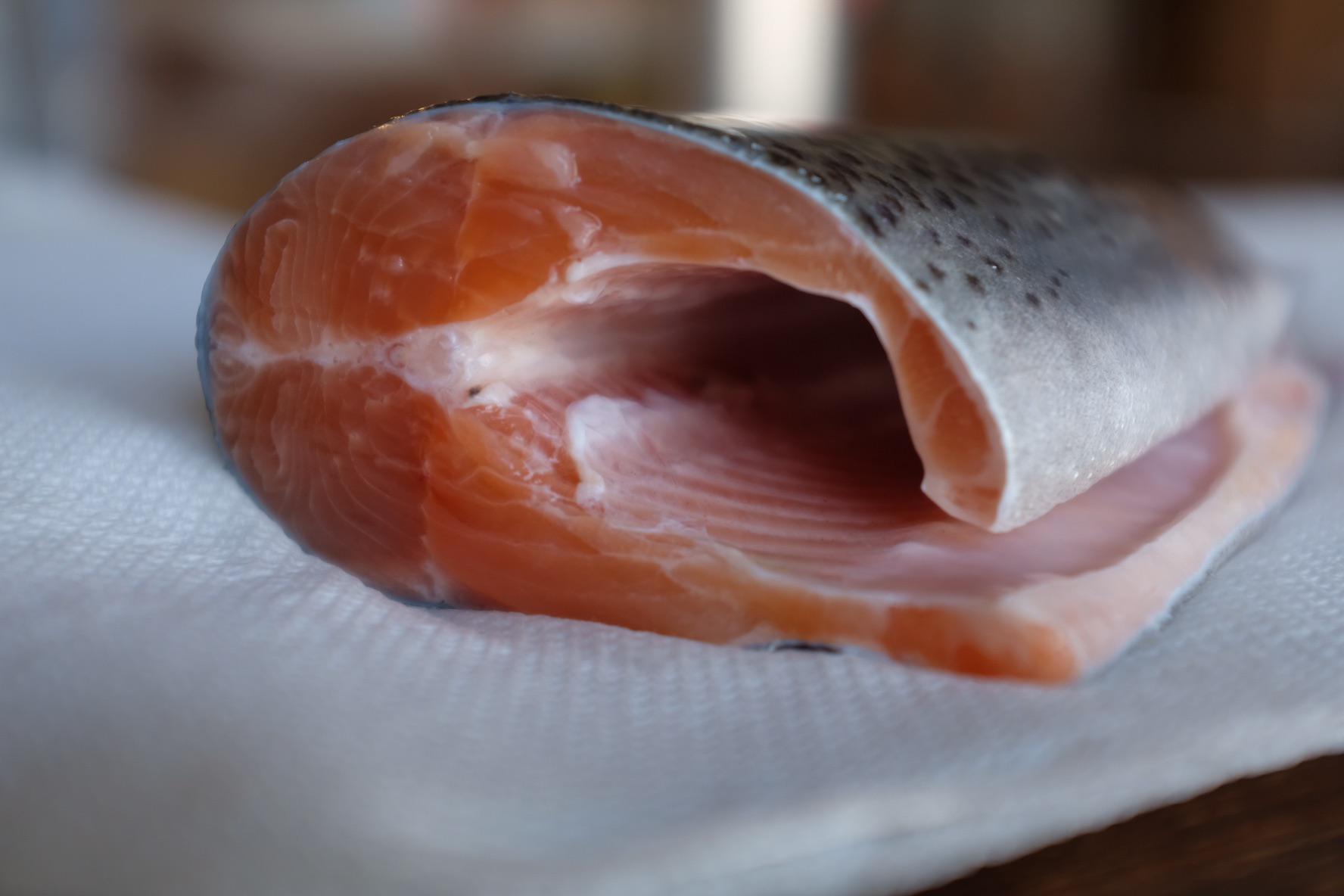
Trout is a popular freshwater fish known for its delicate flavor, often grilled or baked.
Habitat: Commonly found in cold-water streams, rivers, and lakes across North America and Europe.
Wine Pairing: A light white wine such as Sauvignon Blanc or a dry Riesling enhances the delicate flavor of trout.
Sustainability: Farmed rainbow trout is a highly sustainable option, especially when raised in environmentally friendly aquaculture systems.

Bass is a versatile fish with a mild flavor, great for frying, grilling, or baking.
Habitat: Inhabit freshwater bodies like lakes, rivers, and ponds, especially in North America.
Wine Pairing: A crisp, dry white wine like Sauvignon Blanc or a light Chardonnay complements the mild flavor of bass.
Sustainability: Largemouth bass is often farmed in sustainable ways, but wild-caught species should be sourced carefully.

Catfish has a mild flavor and is often fried or used in stews, popular in Southern cuisine.
Habitat: Found in freshwater environments like rivers, reservoirs, and lakes across the globe.
Wine Pairing: Catfish pairs well with a crisp, dry white wine like Pinot Grigio or a light beer.
Sustainability: Farmed catfish is one of the most sustainable seafood options available today.
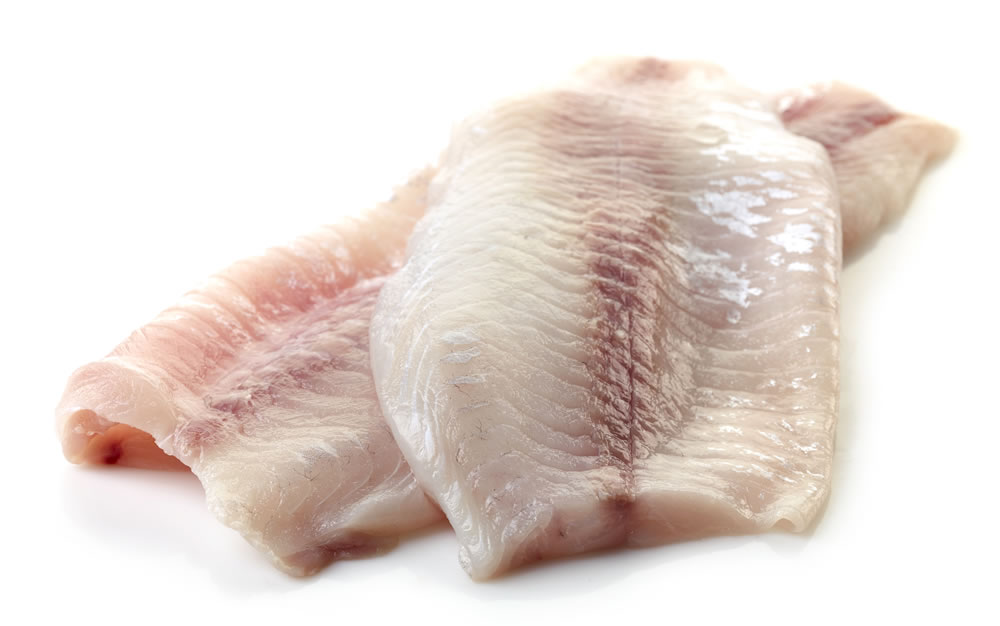
Perch is a sweet, flaky fish often pan-fried or baked, known for its delicate flavor.
Habitat: Commonly found in freshwater lakes and rivers in North America and Europe.
Wine Pairing: A crisp white wine like Pinot Grigio or a Sauvignon Blanc pairs wonderfully with perch.
Sustainability: Yellow perch are often farmed sustainably, but wild-caught species should be sourced responsibly due to overfishing concerns.
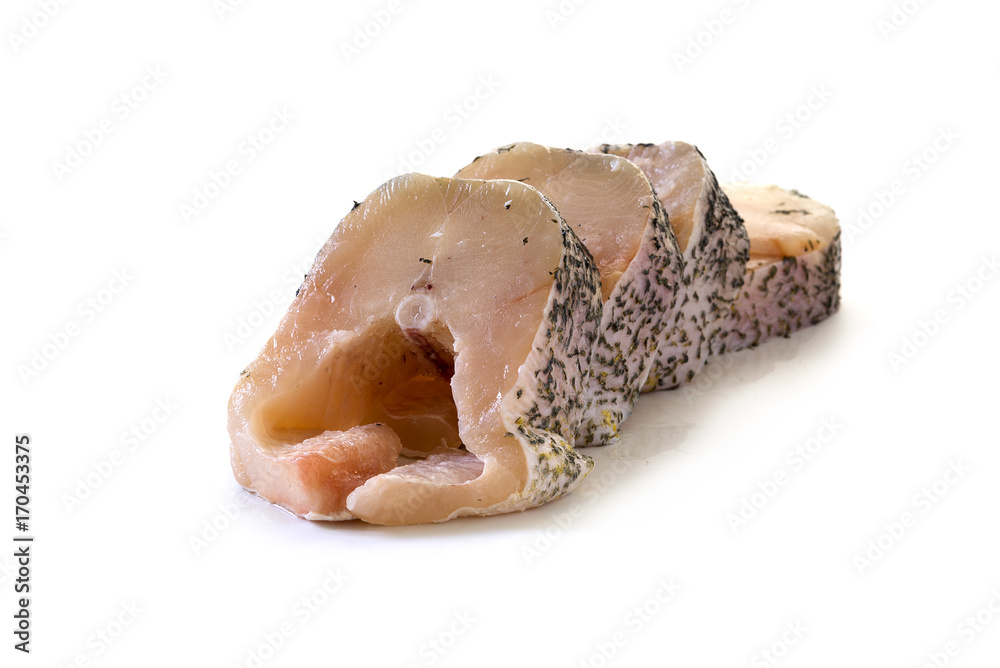
Pike is a freshwater fish with a firm texture, often used in dishes like pike cakes or grilled fillets.
Habitat: Inhabit freshwater bodies such as lakes, rivers, and marshes, especially in Europe and North America.
Wine Pairing: A bold white wine like Chardonnay or an off-dry Riesling complements the strong flavor of pike.
Sustainability: Pike is generally not overfished, but it’s important to check local regulations to ensure sustainable sourcing.